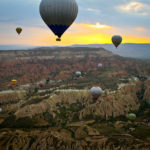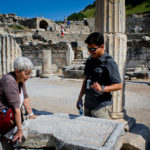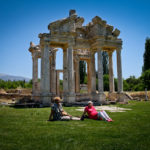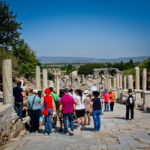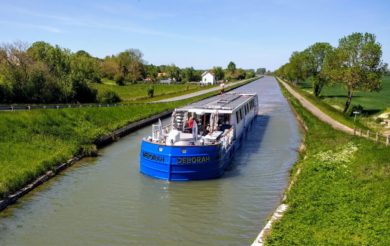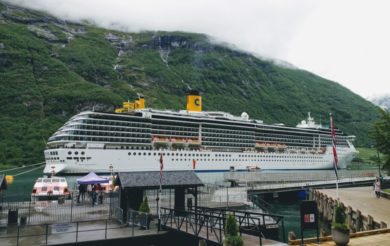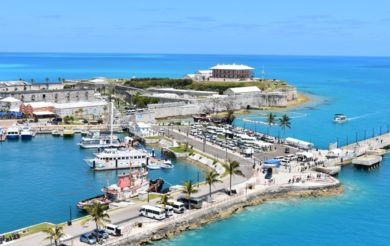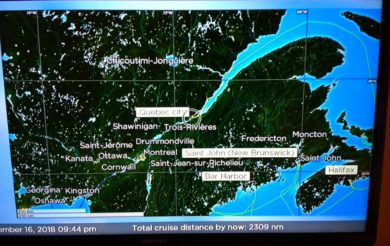Exploring Historic Central Anatolia
Exploring Historic Central Anatolia
By Vikki Gibson
Our Euprates Tour van and guide, Ramzan, were at our beck and call on the second day of our tour. Ramzan had an itinerary that lay the history and terrain of central Anatolia before us. We continued exploring ancient caves and their remarkable and unbelievable paintings; dwellings engineered from thirty thousand-year-old volcanic rock, which begs the question: what did they use for tools? And another question: how did they get water to caves hundreds of feet above the valley floor? We walked around with our jaws hanging open most of the day, speechless except for questions. Ramzan answered them all and brought the Cappadocian landscape to life.
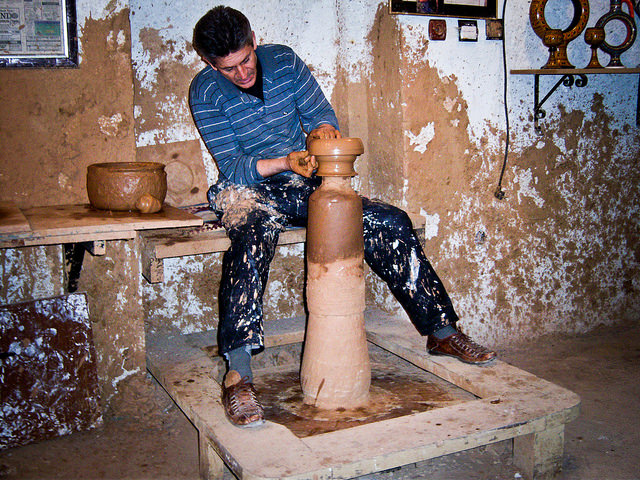
Exploring Historic Central Anatolia
A foray into modern day Turkey, Ramzan took us to a pottery factory that was 400 years old, one of the three official sites that makes authentic Iznic tiles. We were given a demonstration by one of their senior potters and then wandered through the facility and into their stunning showroom with hundreds of drop-dead gorgeous pieces of art.
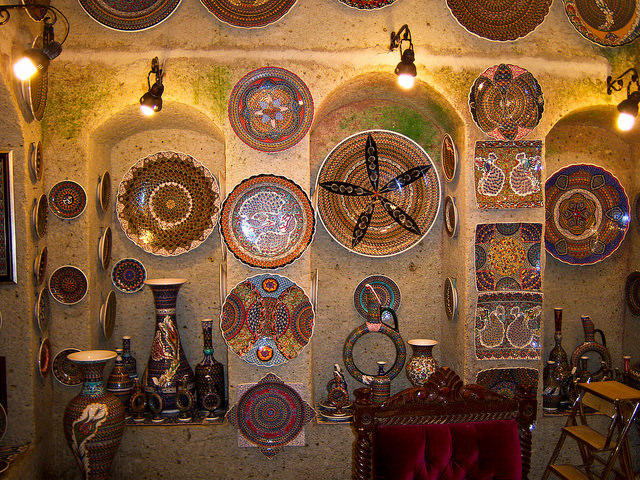
Pottery in Cappadocia
Cups and plates and vases and huge decorated platters. The images and colors swirled around. Wherever my eyes rested, I saw another beautiful piece of Turkish handcrafted artwork. I purchased a small tea cup, to compliment the tea I would purchase at the bazaar when I returned to Istanbul so that when I drank the rose hip tea out of my hand thrown tea cup as I sat on my deck in the middle of the Rocky Mountains, I would remember Cappadocia.
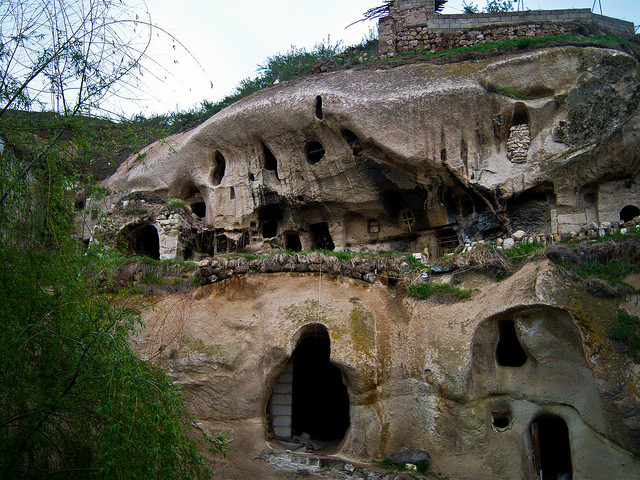
Exploring Central Anatolia
Our final journey of the day took us to the reason I returned to Turkey – the underground city of Kaymakli. Ramzan cautioned us about allergies and claustrophobia, but Patti and I were not about to miss what I considered to be one of the crown jewels of Anatolia. Thousands of years old and carved out of soft porous volcanic rock, this multi-layered city was estimated to have been first inhabited in the 7th or 8th century BC and was home to an estimated 10,000 people and their livestock. It was built for the local population, at the time, to hide from invading foreign armies and was inhabited by different populations for hundreds of years.
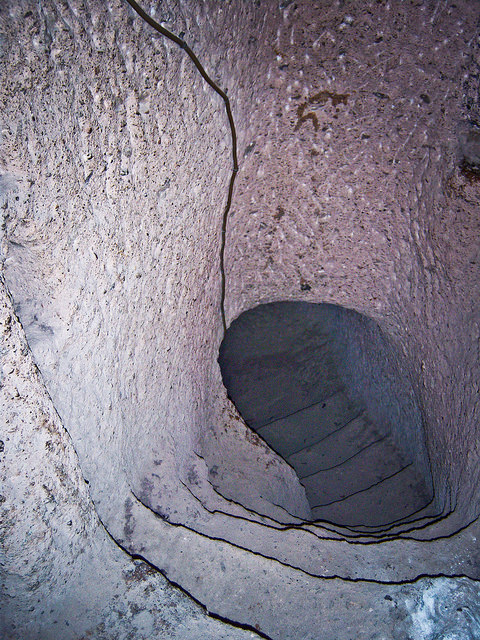
Underground City of Kaymakli
We spiraled down what appeared to be a central pathway, carved out of the rock and connecting private rooms that belonged to the inhabiting families. Each family had a room for their private use, then had access to common areas such as chapels, school rooms and kitchens. Kitchens were apparent by their design: tandoori ovens carved into the rock floor (apparently India expropriated this design for their use), grape stomping pits, cavities for holding large urns, and urns for oil and wine and water. These details identified these areas as household food preparation and storage areas for the families of Kaymakli.
Rooms appeared to be carved out around the main descending shaft, then smaller rooms carved out of the walls of the main family area. Many of these secondary areas were still filled with thousand year old silt and dirt and rock, waiting to be excavated and opened to 21st century prying eyes. I wonder what lay beyond that cavity?
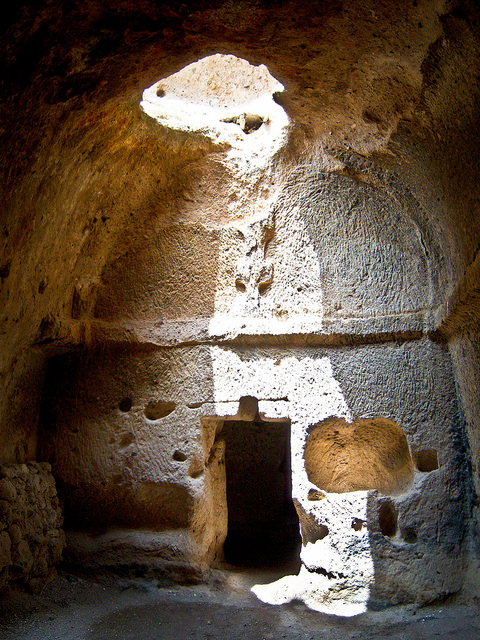
Exploring Central Anatolia in Cappadocia
The rock ceiling of the main tunnel dropped to about four feet in certain places, a tactic to slow down invading intruders. Huge carved granite wheel doors, 1-1.5 meters in diameter and 30-35 cm in width, were moved into the city and strategically placed so they could be moved into the main tunnel to block admission to any area beyond. A hole carved into the middle of the wheel was a window through which invading forces could be viewed. These wheels could occlude the whole tunnel. That indicates the size of the tunnel; there was only room for one person at a time.
A fifty-five foot water and ventilation shaft penetrated the rock from the earth’s surface to the lowest level; it supplied fresh air to those underground and, in peaceful times, supplied water, from the bottom of the shaft, to those above ground. We descended to the fourth level underground, the remaining three levels not yet ready for viewing. I kept wondering what it must have sounded like with a gaggle of school children inside bored to tears on a rainy day… and without a Tylenol in the whole place!
I came away amazed and marveling at the brilliance of cultures thousand of years older than ours. Our 21st century achievements hold no candle to these remarkable feats of architecture and engineering that we we witness to in the Cappadocian region of Anatolia in the millennia old country of Turkey.
If You Go:
Read More Articles by Vikki Gibson:
- Explore Turkey: Goreme Valley
- Hot Air Ballooning Over Cappadocia
- Exploring Historic Central Anatolia
- Discovering Ephesus
- Ancient Aphrodesias Beckons Adventurers
Bio:
Vikki Gibson is an RN from Cranbrook, British Columia, Canada who loves cultural travel. She got the idea of blogging about her trip from her son, Matt, who runs the popular adventure travel blog: Matt Gibson’s Adventure Travel Site.

